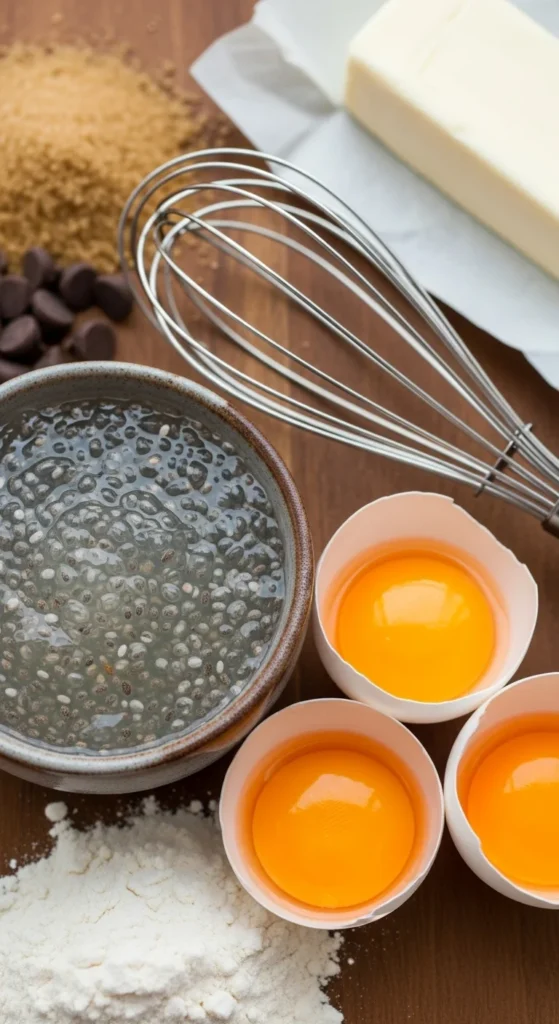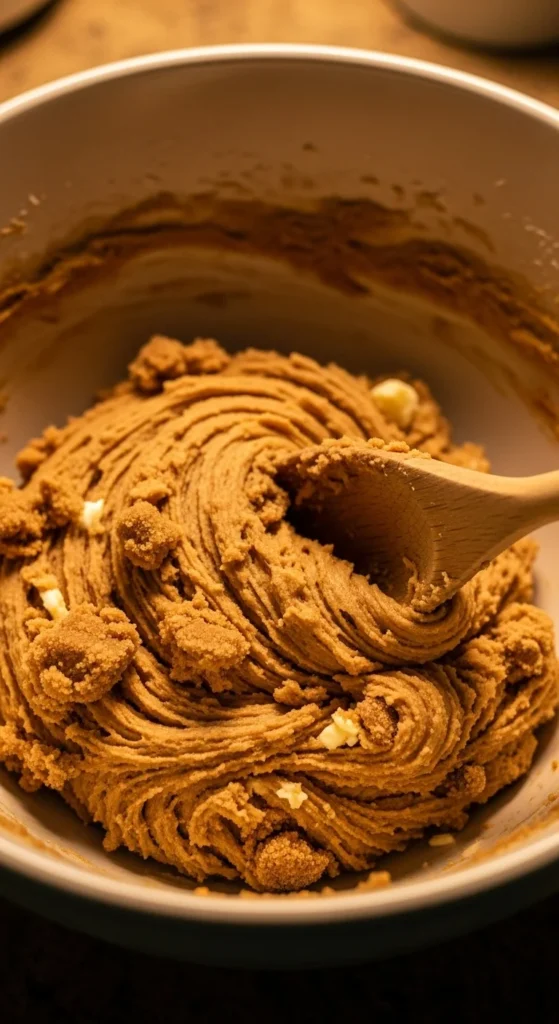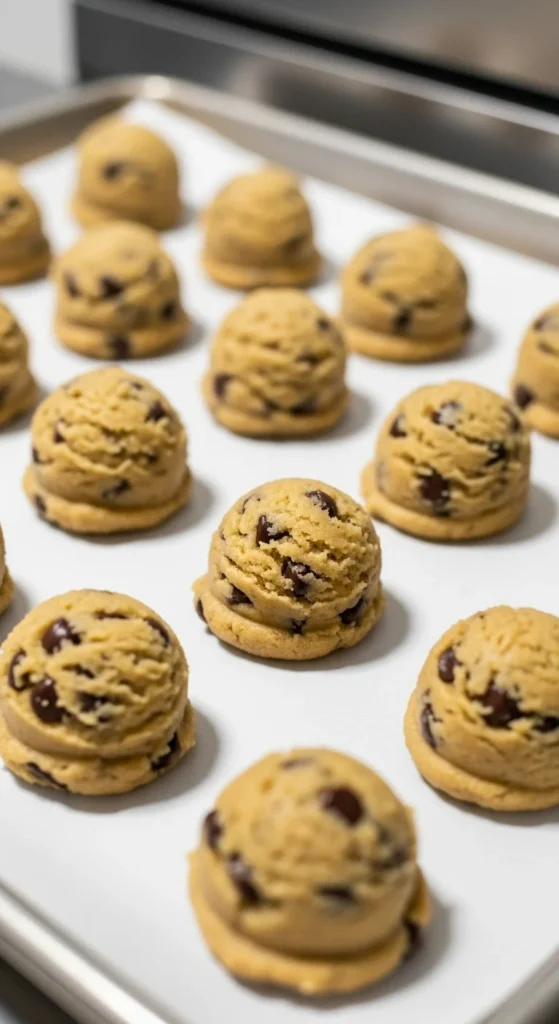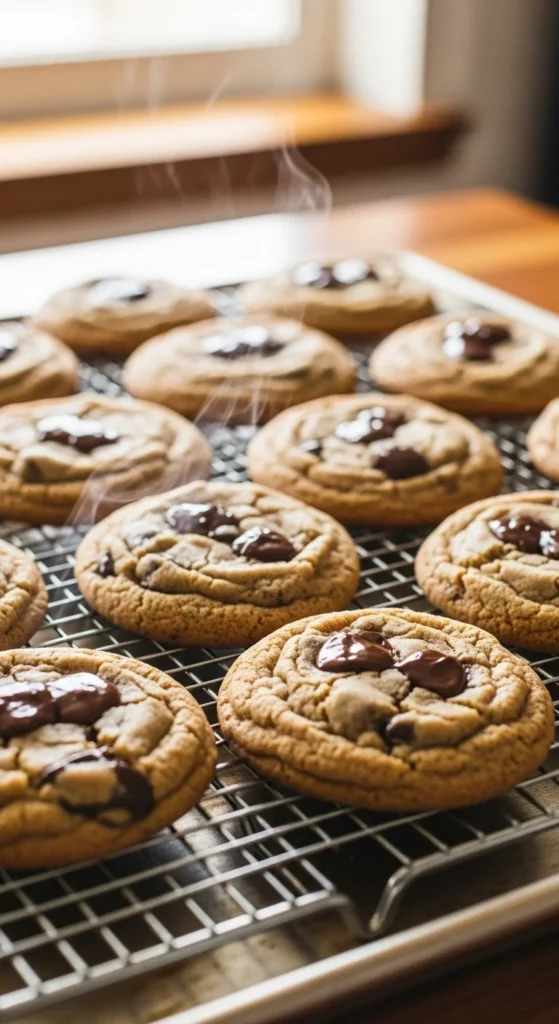
Gluten-free baking can feel like a science experiment gone wrong. One minute you’re excited to make chewy cookies, and the next you’re left with a pile of crumbly disappointment. But here’s the secret: baking soft, chewy, non-crumbly gluten-free cookies isn’t magic—it’s all about the right ingredients and technique.
With a few smart tweaks, you can make gluten-free cookies so tender and perfectly textured that no one will guess they’re missing wheat flour. Ready to bake like a pro? Let’s dive in.
Step 1: Choose the Right Gluten-Free Flour Blend
Not all gluten-free flours behave the same way. Some are too gritty, while others don’t hold moisture. The key is finding a blend—a mix of starches, whole-grain flours, and binding agents—that mimics regular flour’s structure.
Look for blends that include:
- Rice flour (for lightness)
- Tapioca or potato starch (for chewiness)
- Sorghum or oat flour (for flavor and structure)
- Xanthan gum or guar gum (for binding strength)
If you prefer to make your own mix, try this simple ratio:
- 2 cups rice flour
- ⅔ cup potato starch
- ⅓ cup tapioca flour
- 1 tsp xanthan gum
This blend gives cookies that classic bite without the grainy texture.

Step 2: Add a Reliable Binder
Without gluten, your dough lacks the elasticity that keeps cookies from falling apart. That’s where binders come in—they act like glue, holding everything together while keeping the texture soft.
Great binder options include:
- Xanthan gum – the classic gluten-free binder (½ teaspoon per cup of flour)
- Chia or flaxseed gel – mix 1 tablespoon ground seeds with 3 tablespoons water
- Eggs – add structure and moisture (don’t skip them unless you’re vegan!)
If you’re vegan or egg-free, combining chia gel + nut butter works beautifully for chewy, cohesive dough.

Step 3: Don’t Skip the Moisture Boosters
Gluten-free dough can dry out quickly, leading to crumbly cookies. To keep your cookies tender, you need ingredients that lock in moisture:
- Brown sugar instead of white sugar adds softness.
- A touch of honey or maple syrup enhances chewiness.
- Fat matters: Use softened butter or coconut oil for rich texture.
- Add a tablespoon of milk or yogurt if the dough feels too dry.
Pro tip: If your dough looks a bit crumbly before baking, don’t panic. Let it rest for 10 minutes so the flour absorbs moisture fully—it’ll come together beautifully.

Step 4: Chill the Dough
Here’s a pro baker trick: chilling gluten-free dough helps prevent spreading and crumbling. Cold dough holds its shape in the oven and gives you cookies with crisp edges and chewy centers.
- Chill for at least 30 minutes (or up to overnight).
- Roll dough balls just before baking for even texture.
- If you’re short on time, pop the shaped cookies in the freezer for 10 minutes before baking.
Chilled dough also develops deeper flavor—so your cookies taste bakery-fresh, not flat.

Step 5: Bake Smart—Timing Is Everything
Gluten-free cookies go from perfect to overbaked fast. Because there’s no gluten to hold moisture, they dry out quickly in the oven.
Follow these tips:
- Bake at 350°F (175°C) for 8–10 minutes.
- Remove them when the edges turn light golden but the centers look slightly underdone.
- Let them cool on the pan for 5 minutes before moving—they’ll firm up as they rest.
If you remove them too soon, they’ll fall apart; too late, and they’ll crumble. The sweet spot is that just-barely-set moment when they look soft but stable.

Step 6: Store for Softness
Gluten-free cookies can harden faster than regular ones, but you can keep them soft and chewy for days:
- Store in an airtight container with a slice of bread or apple to retain moisture.
- Freeze extras in a sealed bag for up to 3 months—just thaw before serving.
Bonus: If your cookies do get too firm, pop one in the microwave for 10 seconds to bring it back to life.
Step 7: Experiment With Flavors
Once you’ve mastered the texture, have fun with flavor combos! Try these gluten-free favorites:
- Peanut Butter Oat Cookies – chewy and protein-packed.
- Almond Flour Chocolate Chip Cookies – rich and nutty.
- Lemon Coconut Cookies – light, bright, and crisp-edged.
- Cinnamon Sugar Snickerdoodles – soft and cozy.
Each one follows the same rules for success: balance moisture, structure, and chill time.
The Sweet Takeaway
Baking gluten-free cookies doesn’t have to be frustrating. With the right flour blend, a reliable binder, and a few moisture-saving tricks, you’ll get cookies that are tender, chewy, and never crumbly.
In fact, your friends might not even realize they’re gluten-free. 😉
So grab your favorite mix-ins and start baking—your perfect batch of cookies is waiting.



Leave a Reply